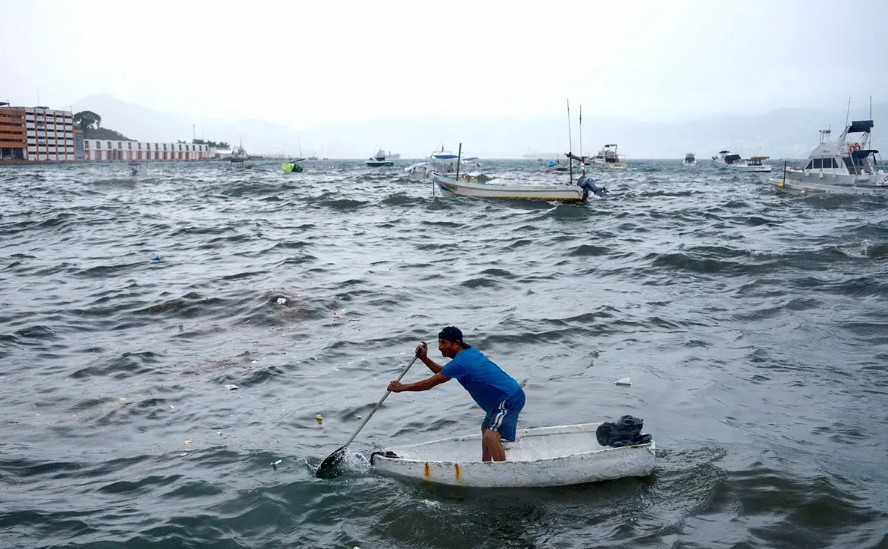Hurricane Hilary, now a Category 4 storm, was racing toward Mexico’s Baja California peninsula on Friday morning. The U.S. National Hurricane Center (NHC) warned of “significant flooding” in the region and the Southwestern United States.
Hilary, moving west-northwest at about 10 miles per hour, had maximum sustained winds near 145 mph after being upgraded overnight.
The NHC’s latest advisory indicated it would still be a hurricane as it nears Baja California’s west coast over the weekend but is expected to weaken to a tropical storm before reaching Southern California on Sunday afternoon.

The NHC issued California’s first-ever tropical storm watch. They warned of potential coastal flooding and destructive waves along the western Baja California peninsula.
Southern California and southern Nevada could see rainfall of 3 to 6 inches, leading to significant and rare impacts. Hurricane Hilary’s rains are expected to soak Southern California, Nevada, and Arizona, which have experienced a record-breaking heat wave this summer.
Phoenix, Arizona, endured over a month of temperatures exceeding 110 degrees Fahrenheit through July, due to a stagnant “heat dome” over the western United States, according to the National Weather Service.
This heat dome subjected tens of millions to heat watches and warnings, pushing temperatures in California’s Death Valley desert to 128 degrees Fahrenheit in mid-July, one of the highest temperatures recorded on Earth in the past 90 years.

